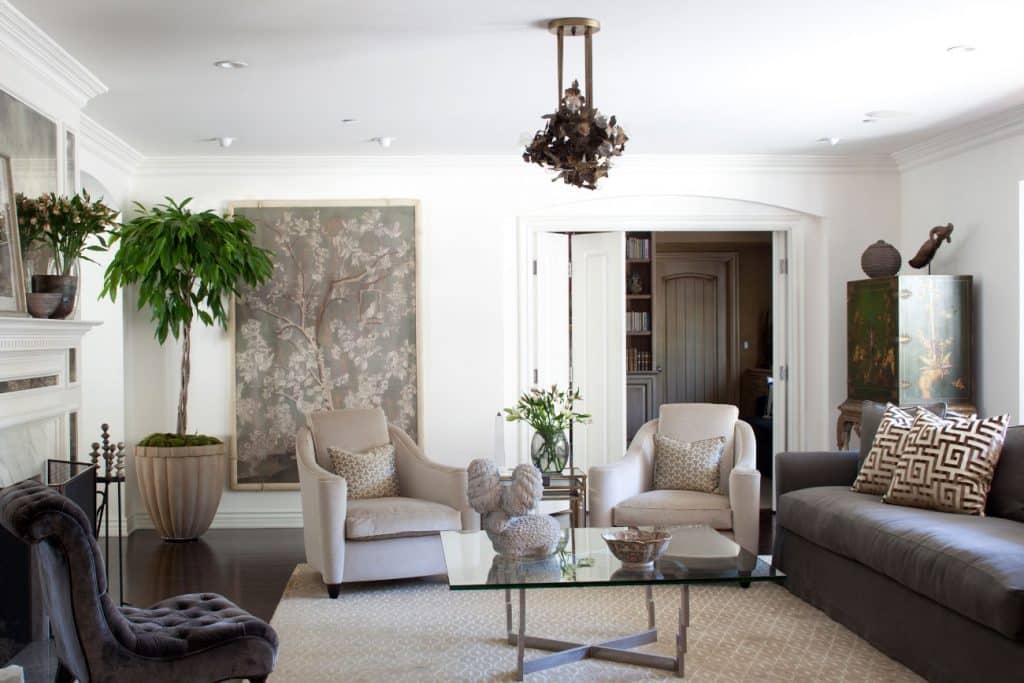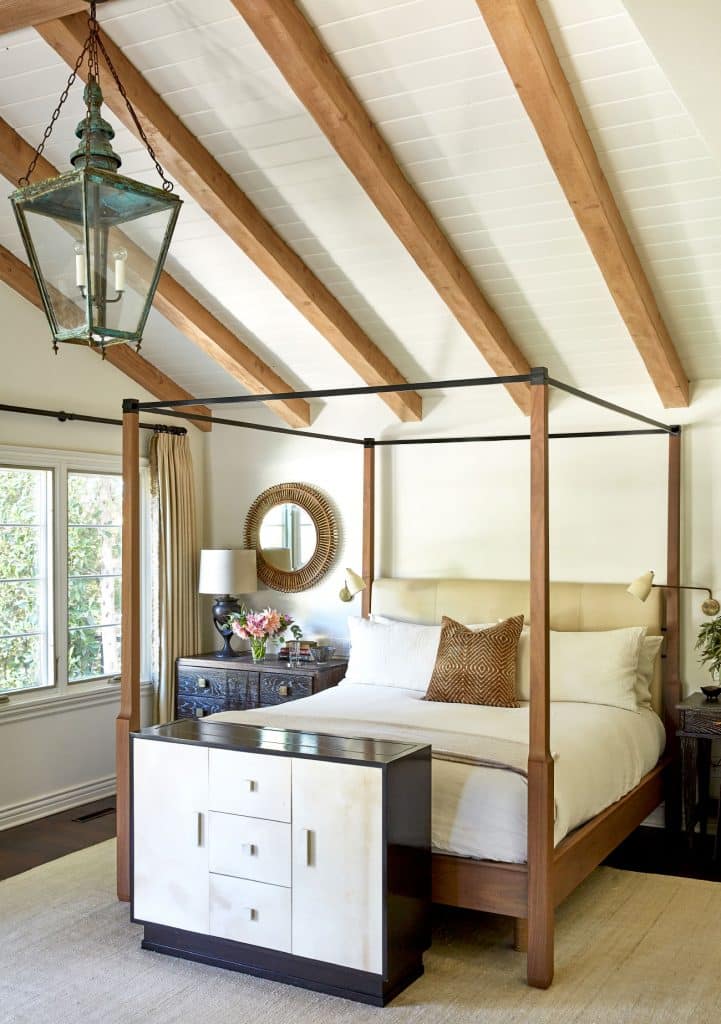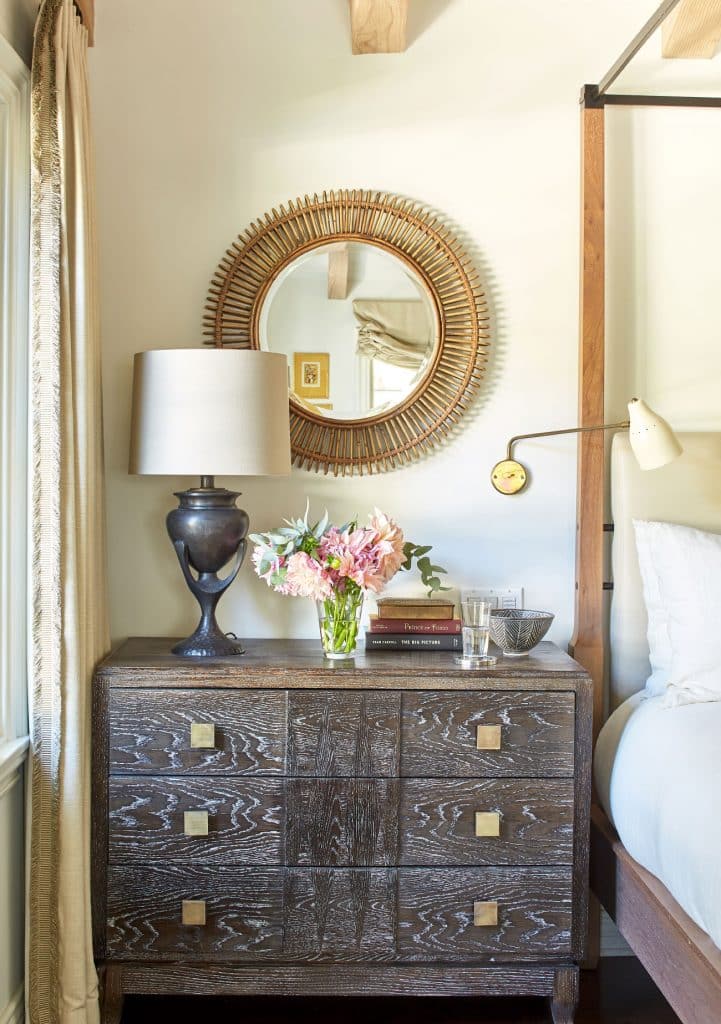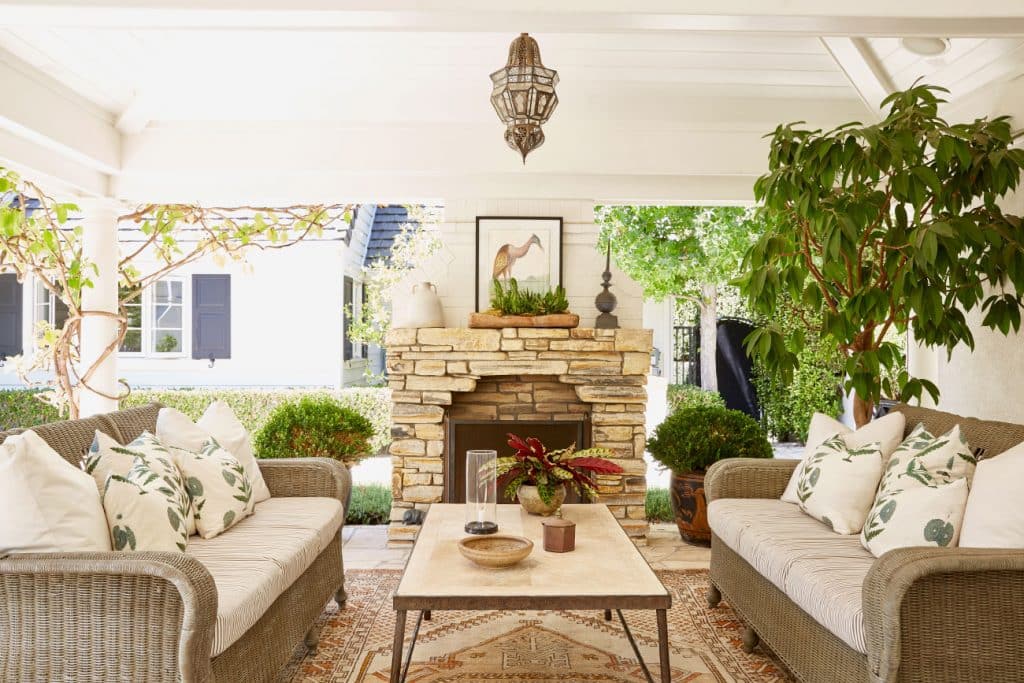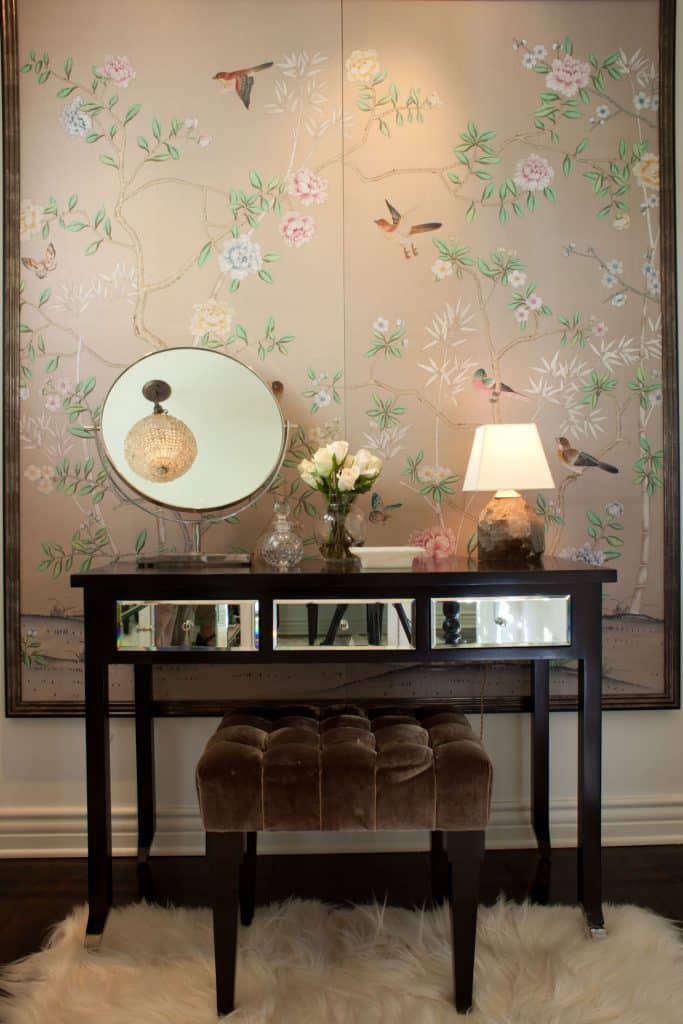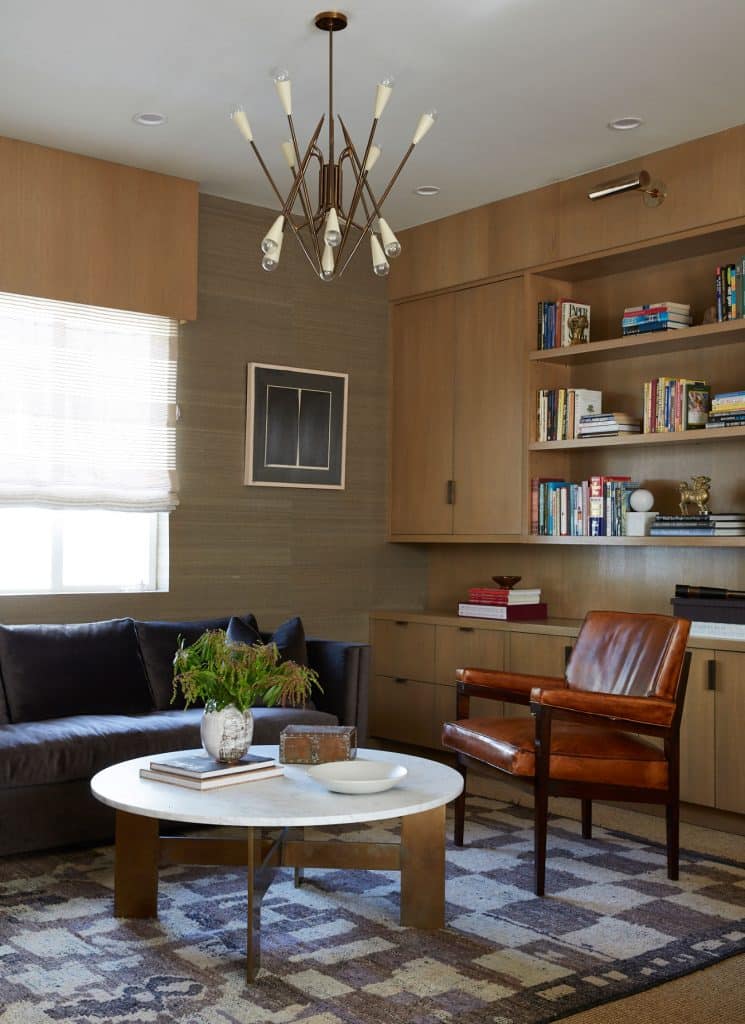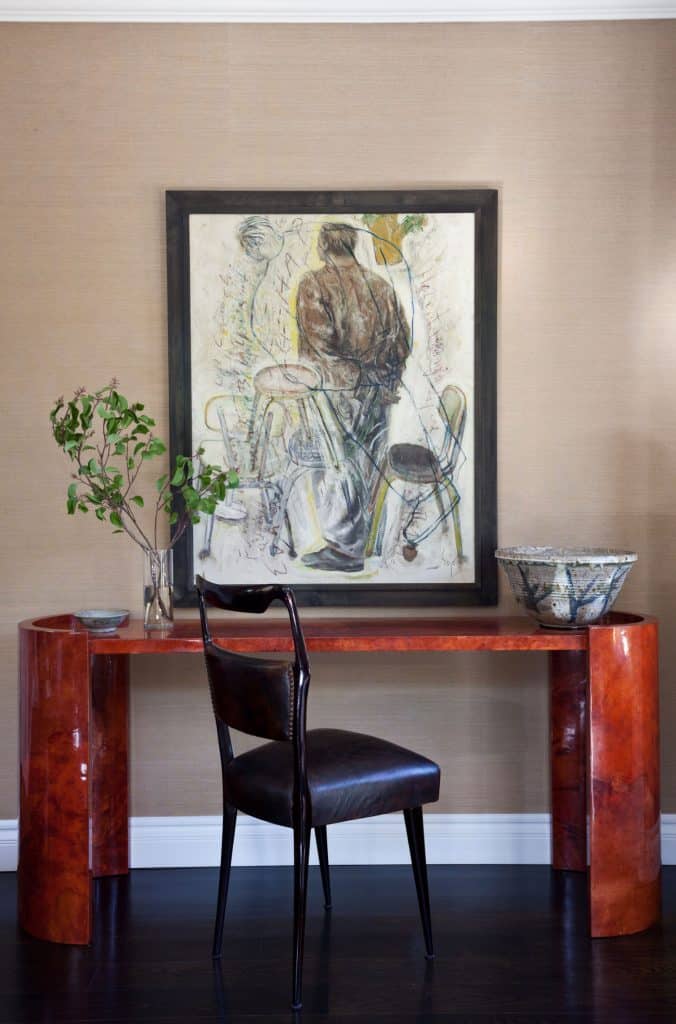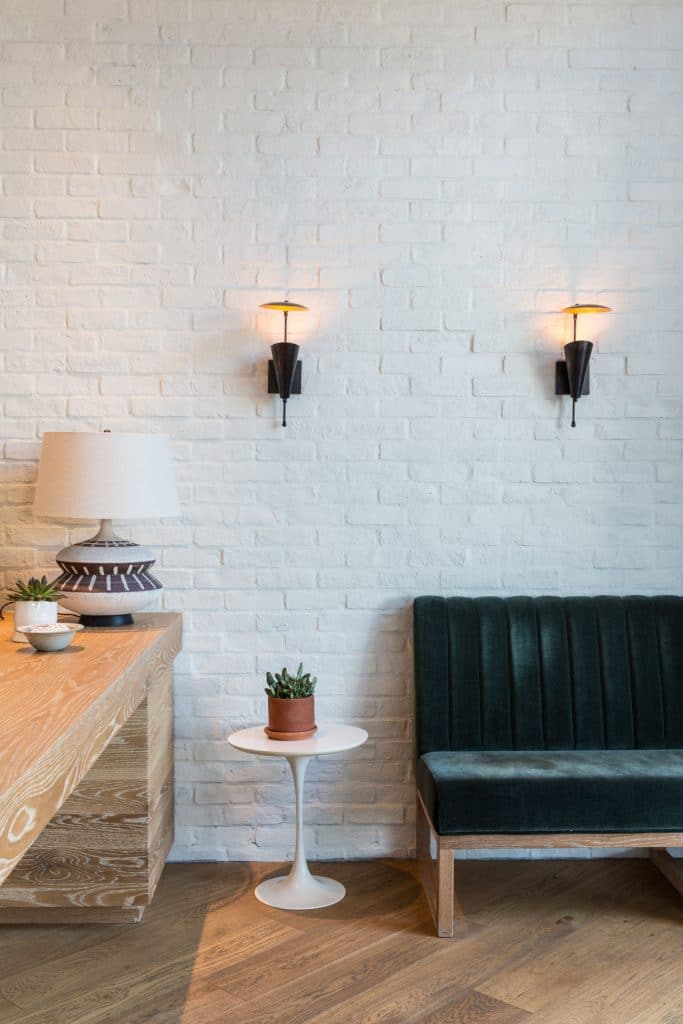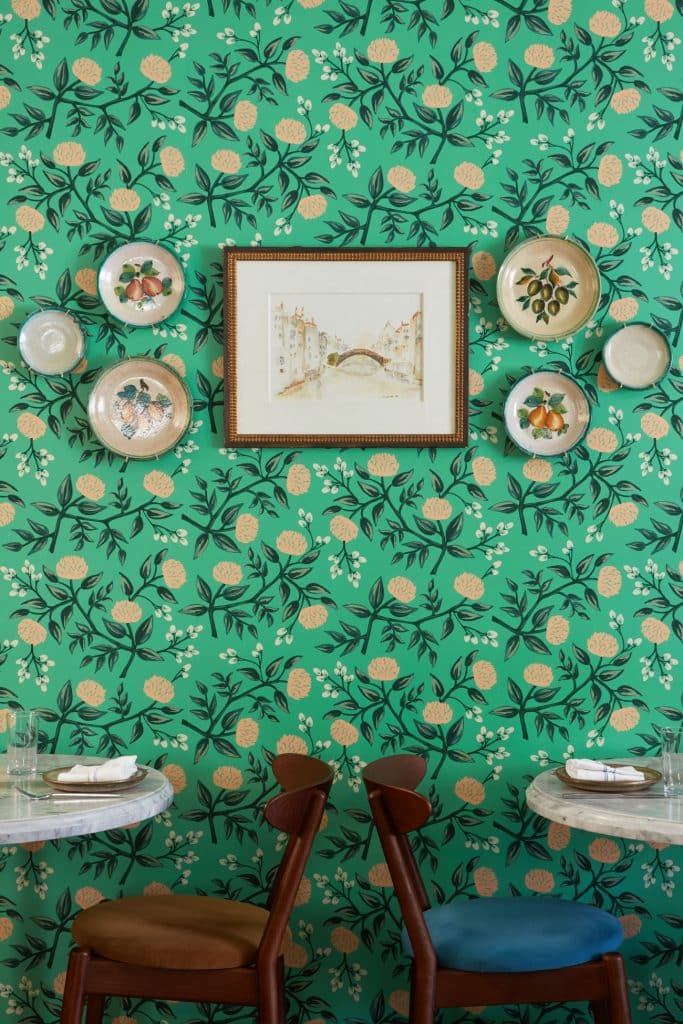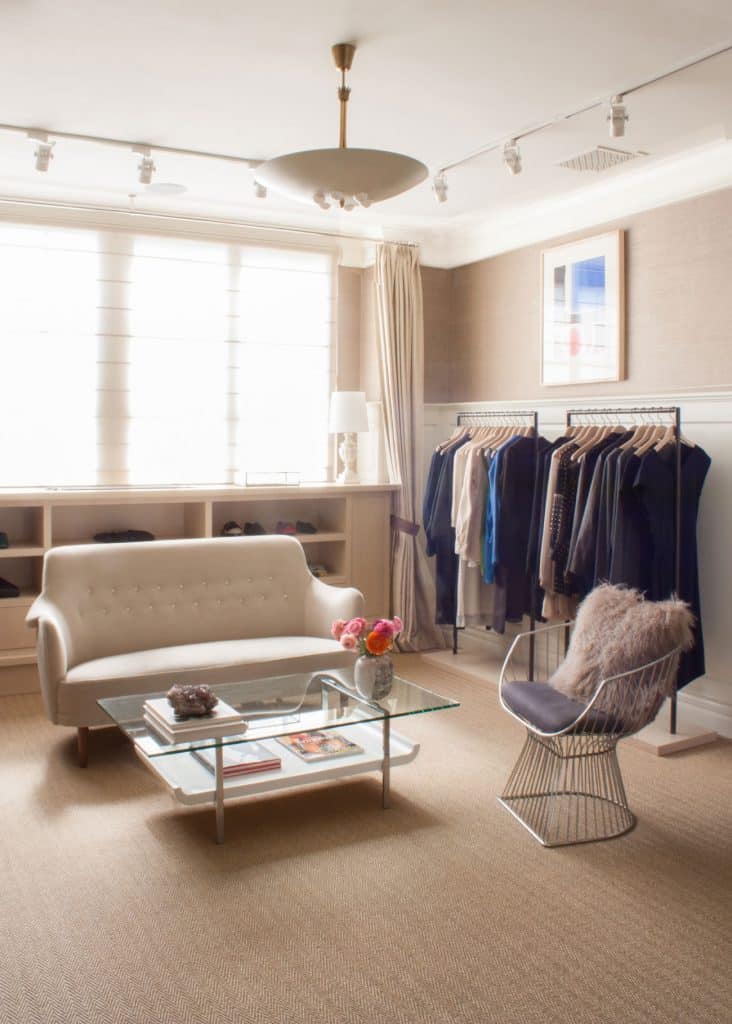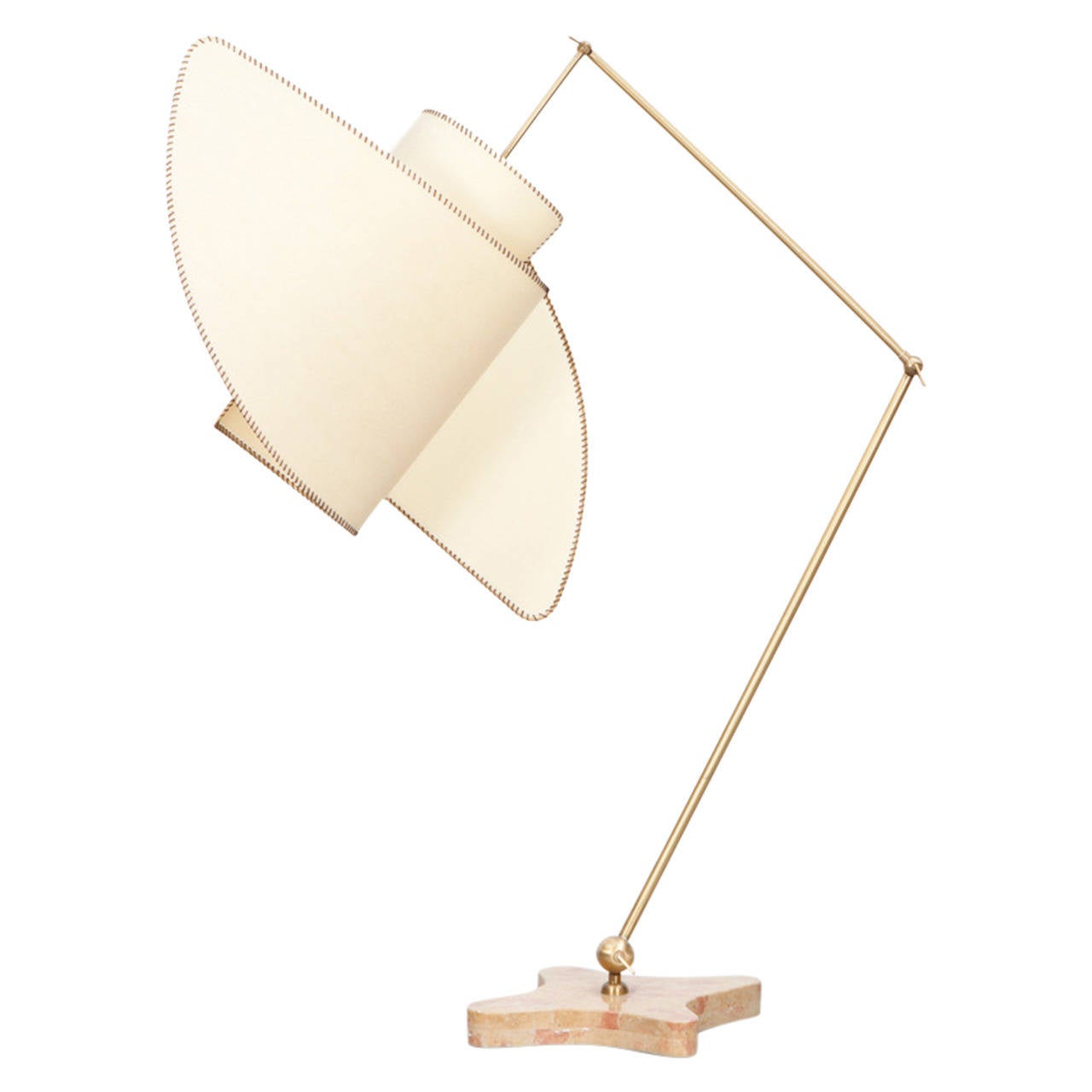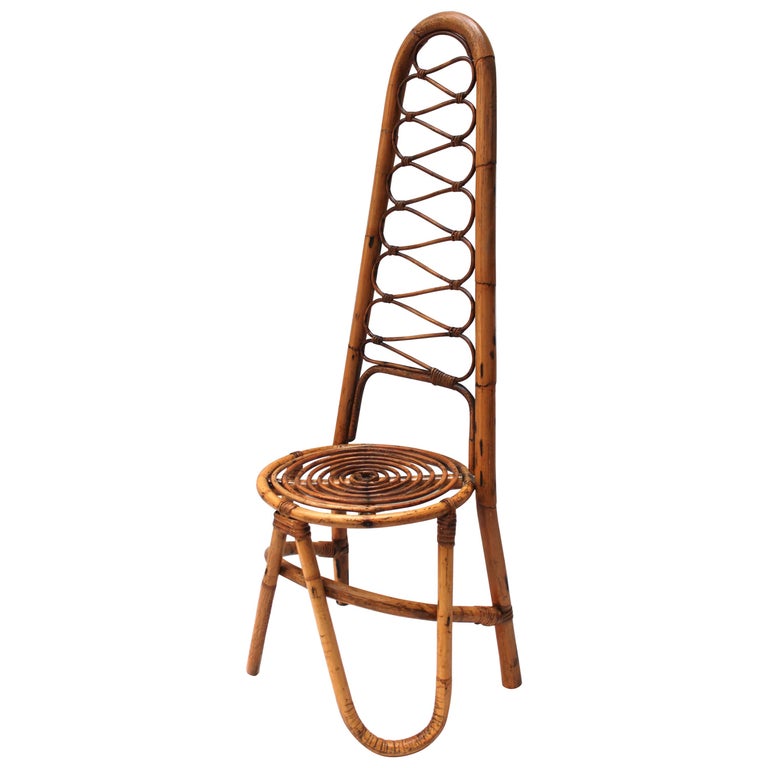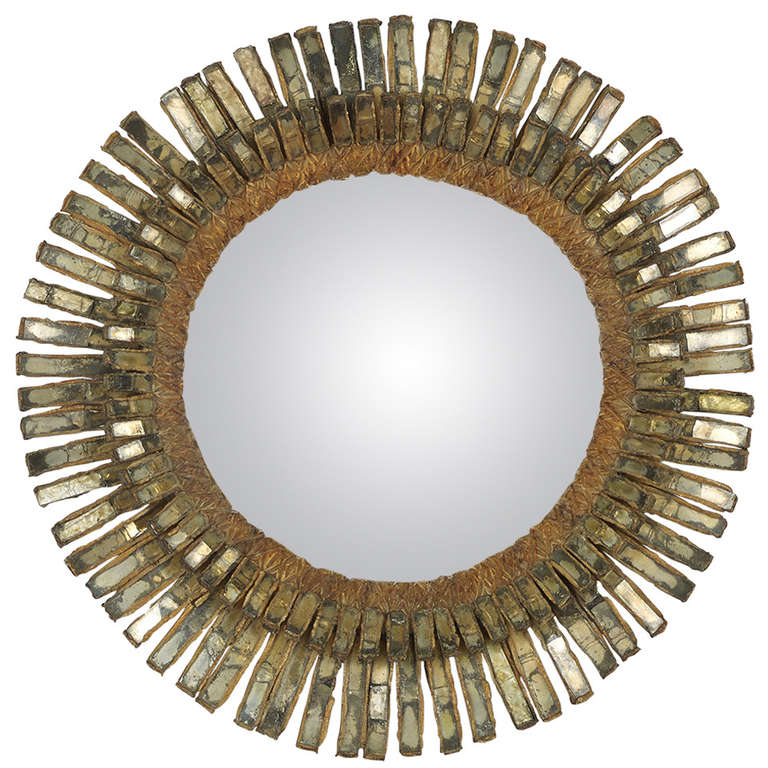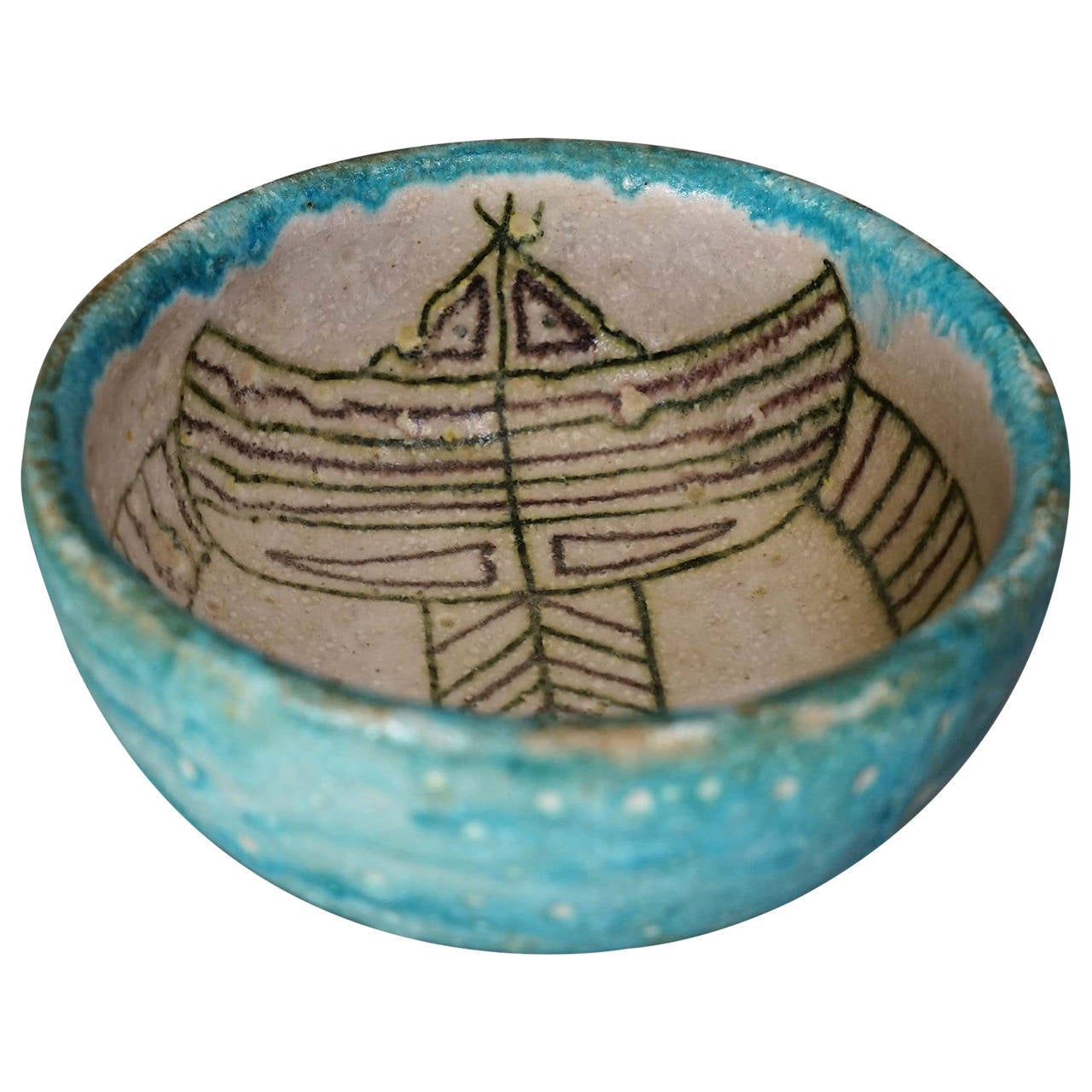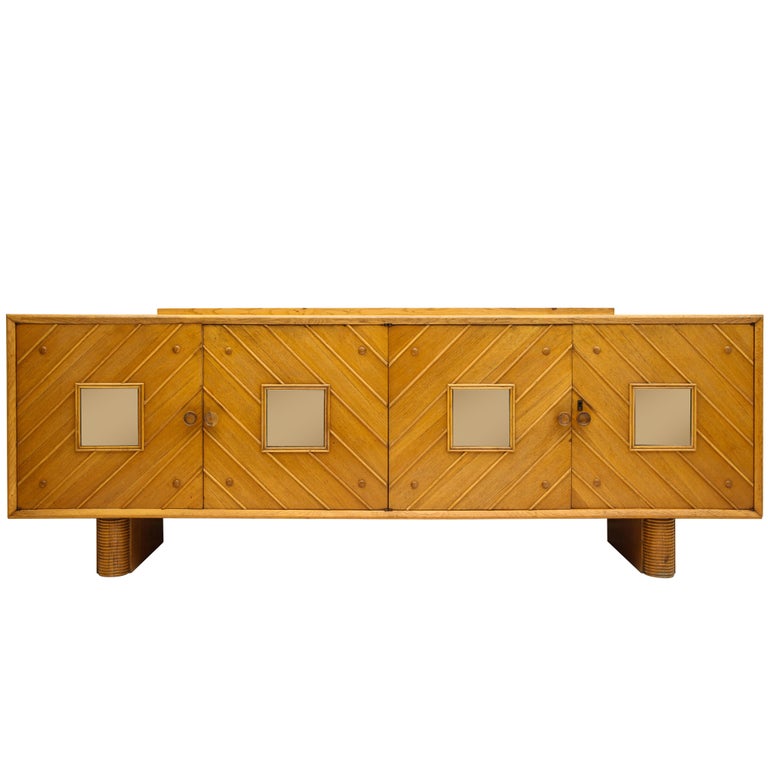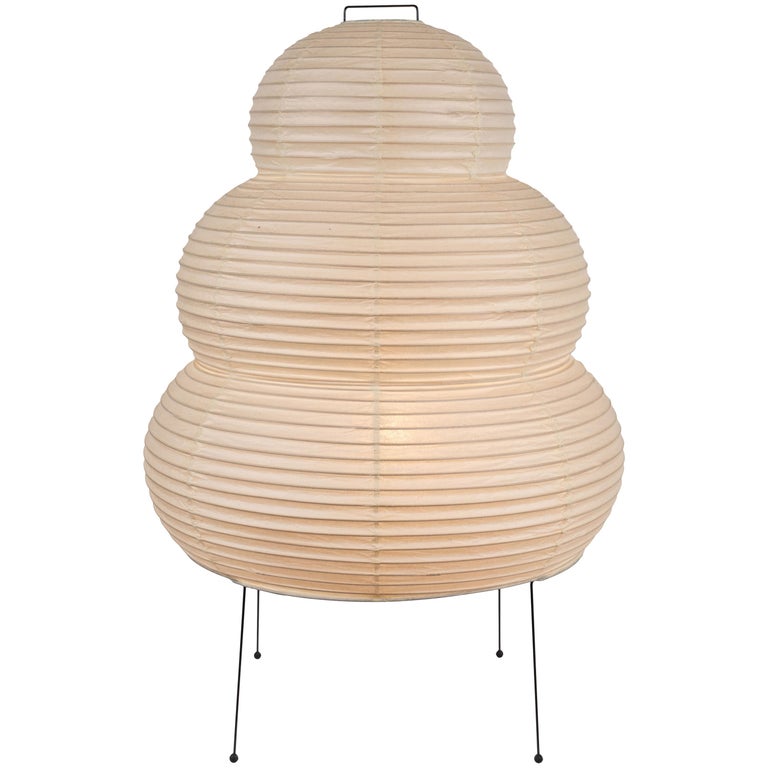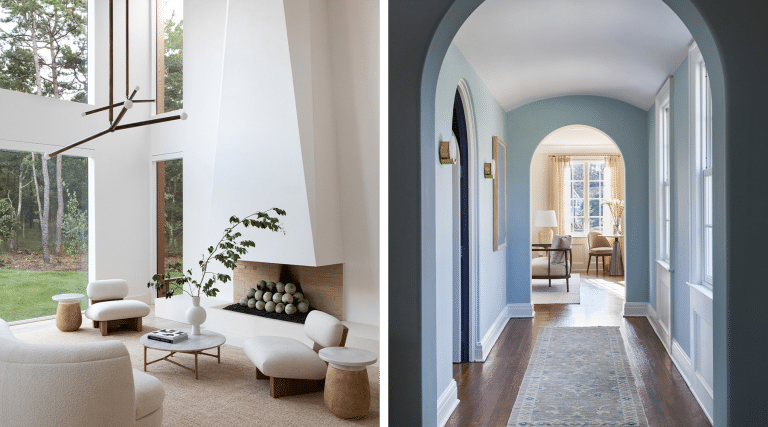
January 6, 2019In addition to thoughtfully layered residences, Wendy Haworth has become the go-to designer in Los Angeles for of-the-moment restaurants, from outposts of the Café Gratitude mini-empire to the Felix trattoria in Venice (photo by Mark Hanauer). Top: In the living room of a Mediterranean-style home in Brentwood, a Jean de Merry Tribeca armchair sits in a corner in front of an antique Chinese screen (photo by Nicole LaMotte).
Given the expertise with which L.A. designer Wendy Haworth channels modern, refined California design, you’d think she was born and bred in the Golden State. But she discovered her calling in Michigan, when she was in high school and dreamed up a 1980s-Soho-photography-studio-inspired space. “My mom let me design my room, so I got silver-ridged vertical blinds, ripped out the carpet to expose the wood floors, painted the walls white and decorated it with a photo light and a low, modern bed,” she says. “It was so minimal and didn’t go with anything in the house, but I loved it.”
This kind of independence has been a hallmark of Haworth’s career and design work. After college, she went into publishing, working as a photo editor at Vogue and Elle. “I learned so much alongside awesome people, but I didn’t feel creative. One day, I was on a shoot with a former House & Garden editor who was opening a store,” says Haworth. “We hit it off, and I started working for her as a buyer. Soon I was going on shopping trips to Paris.”
When the business closed, she moved to Los Angeles, working in the home department at Fred Segal and designing bedding at Matteo. Even before she launched her eponymous firm, she had her first project: redoing a Tudor home in Hancock Park for a former colleague. Her client, wowed by Haworth’s innate style and architectural intelligence, was soon sending so many referrals that, in 2014, the designer decided it was time to hang out her shingle.

In designing Winsome, a popular eatery in Echo Park housed in a 1960s–70s William Pereira building, Haworth kept the interiors restrained so the architecture and the custom wallpaper, reproduced from a watercolor by local artist Phil Dike, take center stage. The chairs are by Josef Hoffmann. Photo by Nicole LaMotte
Ever since, Haworth has been creating artful interiors that balance classic European aesthetics with a modern West Coast spirit. What separates her work from current California trends are the anomalies within the textured, light-filled spaces — a French Moderne console here, a brutalist piece there — which create a sense of layering, history and originality.
This approach is informed by her journeys outside California, especially to such places as India, Bali, Morocco, Mexico and France. “When you travel, your eyes are so much more open than when you are at home,” Haworth says. “People in different parts of the world have different customs and ways of doing things. You see that and always walk away with something that sparks an idea. I like figuring out a different way to do something.”
For clients who owned a 1950s Cape Cod in Beverly Hills with dark floors that they hoped to transform into a lighter, brighter indoor-outdoor L.A. haven, Haworth started by paneling and raising the ceilings. She chose traditional furniture to harmonize with the architecture and then layered in unexpected pieces around the space. Thus, in the living room, a Brutalist chandelier floats above velvet-covered armchairs and an antique Chinese cabinet.
To add some glamour to the bedroom, Haworth created a vanity in the corner with a custom table and stool and a backdrop of de Gournay wallpaper. She infused the outdoor living area with English, North African and Indian references via wicker sofas, hand-blocked pillows, a kilim rug and a Moroccan lantern.

In a West Hollywood 1920s apartment where Marilyn Monroe is rumored to have lived, Haworth paired a lacquered-wood desk with a mid-century Danish teak chair by Niels O. Møller. The abstract painting is by an unknown Russian artist. Photo by Nicole LaMotte
In the case of a contemporary Mediterranean home in Brentwood, Haworth had to create a narrative after the owners gutted it to erase what she describes as a “nineties disaster remodel.” With not much to work with beyond the clients’ collection of contemporary art, Haworth let the paintings shine among curated pieces in the newly clean and graceful architecture. Case in point: The living room’s minimalist custom fireplace is surrounded by objects of varying shapes and scale, including a Jean de Merry Tribeca armchair, an antique Chinese screen and a Karl Springer desk paired with a midcentury Italian chair. Grass-cloth walls provide subtle texture and a seamless backdrop.
For Haworth, the magic is in the mix. “I like a ton of different styles,” she says. “The through line is achieving something that feels cool, timeless and authentic. It normally works when I see something I have never seen before — something that is just so beautiful in its uniqueness.”
If she can’t find a distinctive piece, she makes it. “It’s thrilling when you discover that one chair, but what if you need six?” she asks. One of Haworth’s particular passions is lighting. After looking in vain for a certain vintage lamp, she created the version she wanted with the California Workshop, a woodworking guild in Costa Mesa. In the resulting fixture, slivers of oak veneer crisscross under a white glass globe. The effect is vaguely Arts and Crafts seen through the lens of 2001: A Space Odyssey.
Along with her residential portfolio, Haworth dreams up relaxed but refined spaces for L.A.’s buzziest restaurants. For Café Gratitude, a mini-chain of luxe new-age eateries, Haworth created whitewashed spaces with soothing natural tones, earthy ceramics, handmade Moroccan tiles, linen pendants and macramé wall hangings. (The style has already been much copied in spaces across the city, from coffee bars to fashion boutiques.)

When working on Gracias Madre, Haworth took numerous trips south of the border for inspiration and sourcing. The bar is clad in tile designed by graphic artists in Oaxaca. She designed the wrought-iron lighting and bar stools. Photo by Nicole LaMotte
Haworth also designed the group’s first Mexican eatery, Gracias Madre, on a posh stretch of Melrose Avenue. She went on lots of shopping trips to Mexico, bringing back vintage serapes to cover booths and bold black-and-white tiles from artisans in Oaxaca for the bar area. She finished the space with antiqued mirrors, oversized pendant lights and patinated Central American objets she sourced in San Miguel de Allende and Tulum. The result is grand hacienda meets haute hippie Ojai hotel.
Most recently, Haworth partnered with chef Evan Funke to outfit his Felix trattoria in Venice Beach. Starting with the idea of an Italian grandma’s kitchen, Haworth layered in mod, sexy touches to balance the homey with the sleek. In the bar, walnut and brass shelving and graphic marble flooring offer a striking contrast to the oversize floral wallpaper of the neighboring dining room.
Although Haworth works with a slew of diverse clients on a variety of projects, she always starts the same way. “Whether it’s the history of a house or getting to know a chef and her food,” she explains, “I have to understand what the client is trying to say and how I can get the space to reflect that. I like to do a lot of research.” That includes staying on top of what’s popular. “I follow trends,” says Haworth, pausing. “So I can steer clear of them.”

